
"My Cottage in the Wilderness" by John Nevin, 1868. Mitchell Library NSW
Photo © KLW NFC 2009 Arr
John Nevin's two surviving adult sons, Thomas and Jack, had long resided elswhere in North Hobart, and his wife Mary (b. 1810), mother of his four children, had died in 1875. His two daughters were also deceased: Rebecca (1868) and Mary Anne (1879), but he did not live alone. John Nevin's second wife, widow Martha Salter nee Genge, aged 46 when they married in 1879, was the daughter of his recently deceased friend and preacher William Genge (Source: Tasmanian Pioneer Index: 711/1879/RGD:37). John Nevin was 71 yrs old when he married Martha, and 73 yrs old at the time of the burglary.

John Nevin (1808-1887) from the scrapbook of grandson George Nevin
Photo by his son Thomas Nevin ca 1874
Copyright © The Private Collection of Denis Shelverton ARR.
Thomas Nevin took this photo of his father John Nevin in the studio at 140 Elizabeth Street, Hobart Town, ca. 1874. He must have decided it appropriate to capture his father in the pose of writing as John Nevin was indeed a writer. His early poem, published in 1868 and titled "My Cottage in the Wilderness", is held at the Mitchell Library, SLNSW, in the David Scott Mitchell Collection.
A fortnight after William Genge's death, John Nevin published another poem, a ten stanza lament, dated 31st January 1881, entitled:
"Lines written on the sudden and much lamented death of Mr William Genge who died at the Wesleyan Chapel, Melville-street, Hobart on the morning of 17th January 1881, in the 73rd year of his age" .
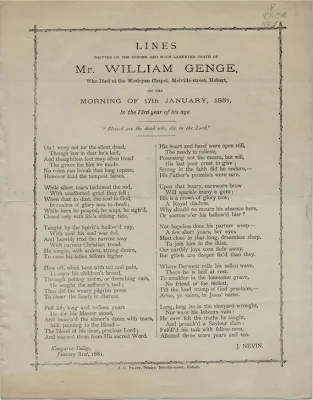
Lament by John Nevin 1881
Copy courtesy of the State Library of Tasmania 2006
Click on image for readable version
So, on the night of the burglary, February 16th, 1881, in all probability Martha, the grieving daughter of the deceased, and her husband John Nevin were elsewhere in Hobart, at Martha's parents' home or at the Wesleyan Chapel, Melville Street, attending to William Genge's estate, and consoling his widow Mary Slade.
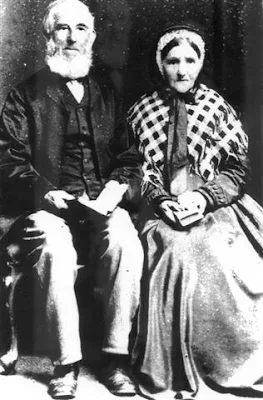
Pictured here are Martha's parents, Wesleyan preacher William Genge (1808-1881), the subject of John Nevin's lament, taken with wife Mary Slade (d. 1891) in Hobart. It possibly dates to the late 1870s, and is unattributed. Genealogical information on the Genge family and photo provided by Louise Genge (November 2007).
John Nevin reported the burglary to the police and to his youngest son Jack, Constable W. J. Nevin. This notice appeared on the front page of the weekly police gazette, Tasmania Reports of Crime Information for Police, two days later on 18th February 1881:

Burglary on 16 Feb 1881 at the Nevin farm, Kangaroo Valley
Tasmania Reports of Crime 18 February 1881.
TRANSCRIPT
During the night of the 16th instant the dwelling of John Nevin, Kangaroo Valley, was burglariously entered, and the following articles stolen there-from: - 2 white shirts, one much worn; 2 Scotch twill shirts, one has a patch of different material across the shoulder, the other broken at the elbow; 1 old flannel shirt, stained in front; 1 white pillow-slip; 2 jars of raspberry jam; 2 lbs. soap; 2 lbs. bacon; the property of and shirts identifiable by John Nevin.
The burglar may well have known why John Nevin and his wife Martha would not be at home. The stolen goods were life's basic necessities - old shirts, soap, bacon, raspberry jam - so the culprit intended no harm to John Nevin who would have given the intruder the shirt off his back in any case, just for the asking. The stolen goods were not recovered, and no one was prosecuted, not at least according to the police gazettes for the years 1881-1885.

Glenorchy district electoral roll 1879, John Nevin,
occupancy of the School House and dwelling at Kangaroo Valley.

The cottage that John Nevin built at Kangaroo Valley
“T.J. Nevin Photo” inscribed on verso, 1868.
Copyright © KLW NFC Imprint & The Liam Peters Collection 2010.


.jpg)

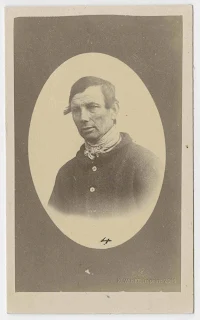


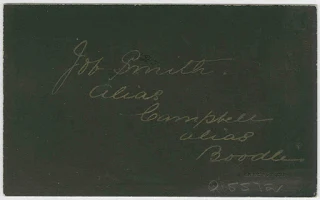
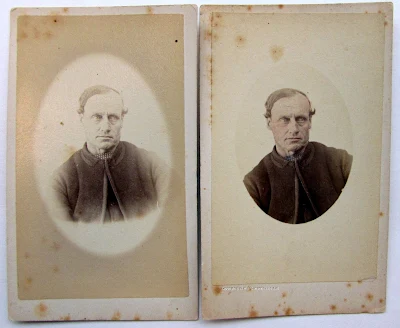
.jpg)
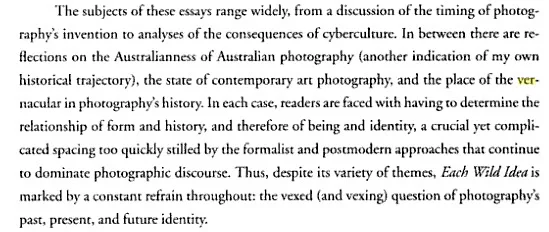

.jpg)
.jpg)
.jpg)
.jpg)
.jpg)
.jpg)
.jpg)
.jpg)
.jpg)
.jpg)